Beer, Ingenuity and Women's Work
Discover forgotten history, old recipes, lively drinking games, and unearth obsolete words that were once part of the tavern lexicon. Join us on this enthralling journey as we bring to light these hidden gems from the world of taverns and unravel the intriguing stories they hold.

A tavern wouldn't be complete without something to drink! It's interesting to learn about what colonials drank and how much they consumed. It turns out, they drank quite a lot! In England, water was often considered unsafe to drink, so beer, cider, wine, brandy, and mead (honey wine) were common, with beer and cider being the most popular. Surprisingly, boiling the water to make beer actually made it a healthier drink, so drinking for one's health became a common practice.
Beer is the oldest of these drinks, dating back at least 10,000 years, and was even on board every ship that came to America, including the Mayflower. In fact, some believe that without beer, the landing at Plymouth Rock may not have even happened! The Pilgrims were running out of provisions on their journey to Virginia, and in December of 1620, the sailors quickly landed in Plymouth to drop off their cargo. As one diarist aboard the Mayflower wrote, "We could not now take time for further search or consideration, our victuals being much spent, especially our beere." Unfortunately, the sailors refused to bring any beer ashore, leaving the Pilgrims without their beloved drink.
So, how did the Pilgrims go from having no provisions to having beer and cider? It takes 10 years for cider apple trees to bear enough fruit for cider, and beer requires barley, hops, water, and yeast. While they may have brought a bit of each with them, the short shelf life of beer meant they soon found themselves without their precious drink and facing withdrawal. Luckily, the Native Americans were able to help once again. Pumpkins were abundant, and the colonists soon learned they could use them as a source of fermentable sugar instead of malt to make beer. By the 17th century, pumpkin ale recipes were circulating throughout the colonies, and many people found it to be a decent substitute for malt beer.
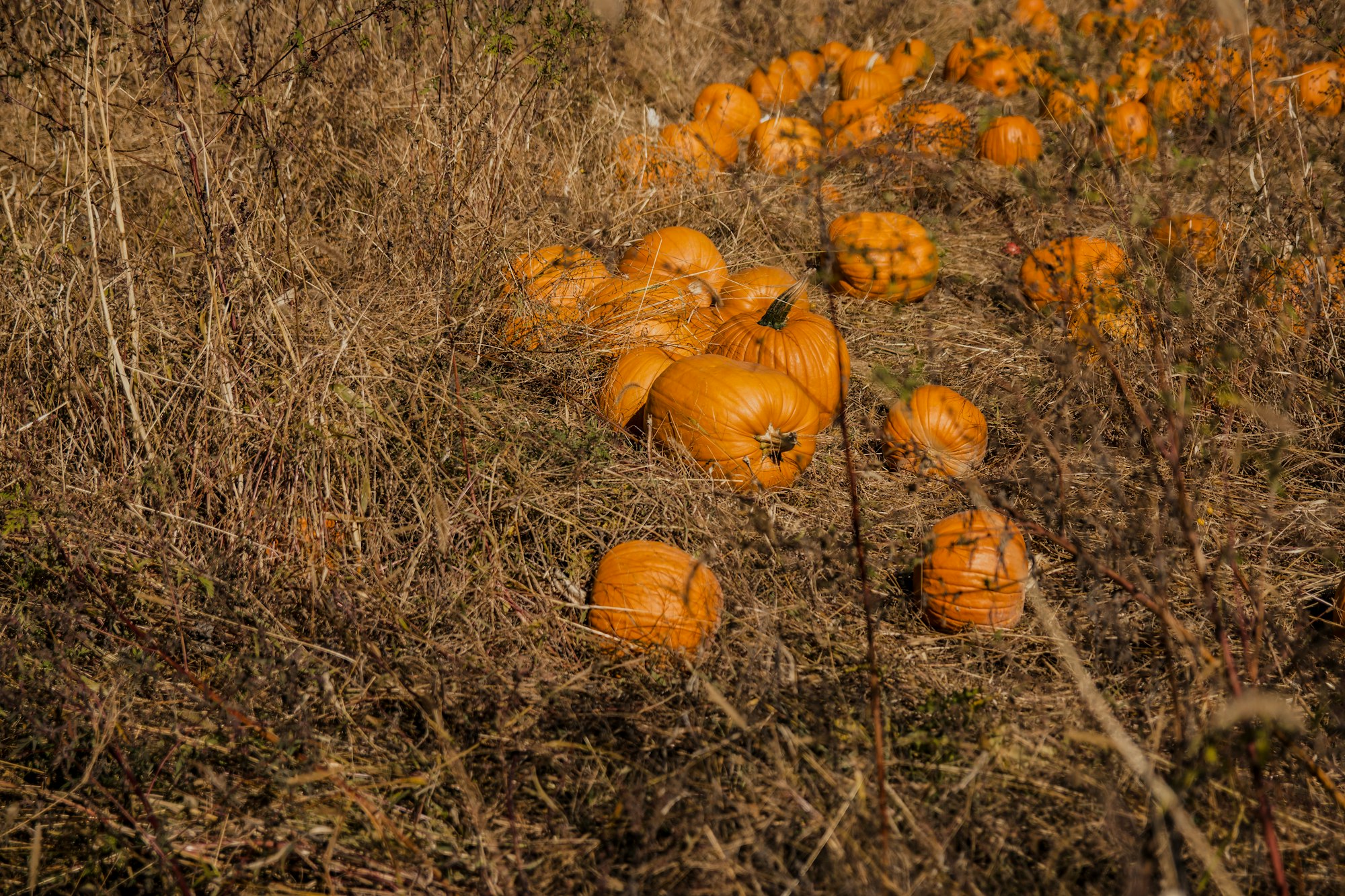
Pumpkin beer was so prevalent in colonial life that it was even featured in a satirical song titled "New England's Annoyances." The lyrics went, "We have pumpkin at morning and pumpkin at noon/ If it was not for pumpkins we should be undone.” But pumpkin wasn't the only ingredient used to make beer. Spruce ale was also quite popular, as were various spices like ginger, citrus, cloves, and berries.
It took some time before traditional British beer using yeast, barley, and hops became common in the colonies. Wild hops existed in New England, but the taste was lacking. Wild and traditional hops eventually intermingled, and by 1629, the first hops garden was in production in New Amsterdam. Massachusetts was well-suited for hops cultivation, and by the end of the 18th century, it was even exporting hops to France and Germany.
The General Court of Massachusetts Bay started to regulate all aspects of brewing and selling alcohol. In 1637, the Court enacted new laws stating that no one could brew beer or other drinks to sell without a license and paying a fee of £100. However, making homebrew was allowed under the law, and Essex County was known for small batches made at home. Making beer was even considered women's work, and cookbooks of the time listed multiple beer recipes, like spruce beer and spruce essence.
As the colonies became more industrialized, beer became a drink for the home and even something to barter for. Between 1635 and 1655, a range of 56 to 58 percent of estates in Essex County revealed evidence of homebrewing. So, there you have it - a brief history of beer in colonial America![3]
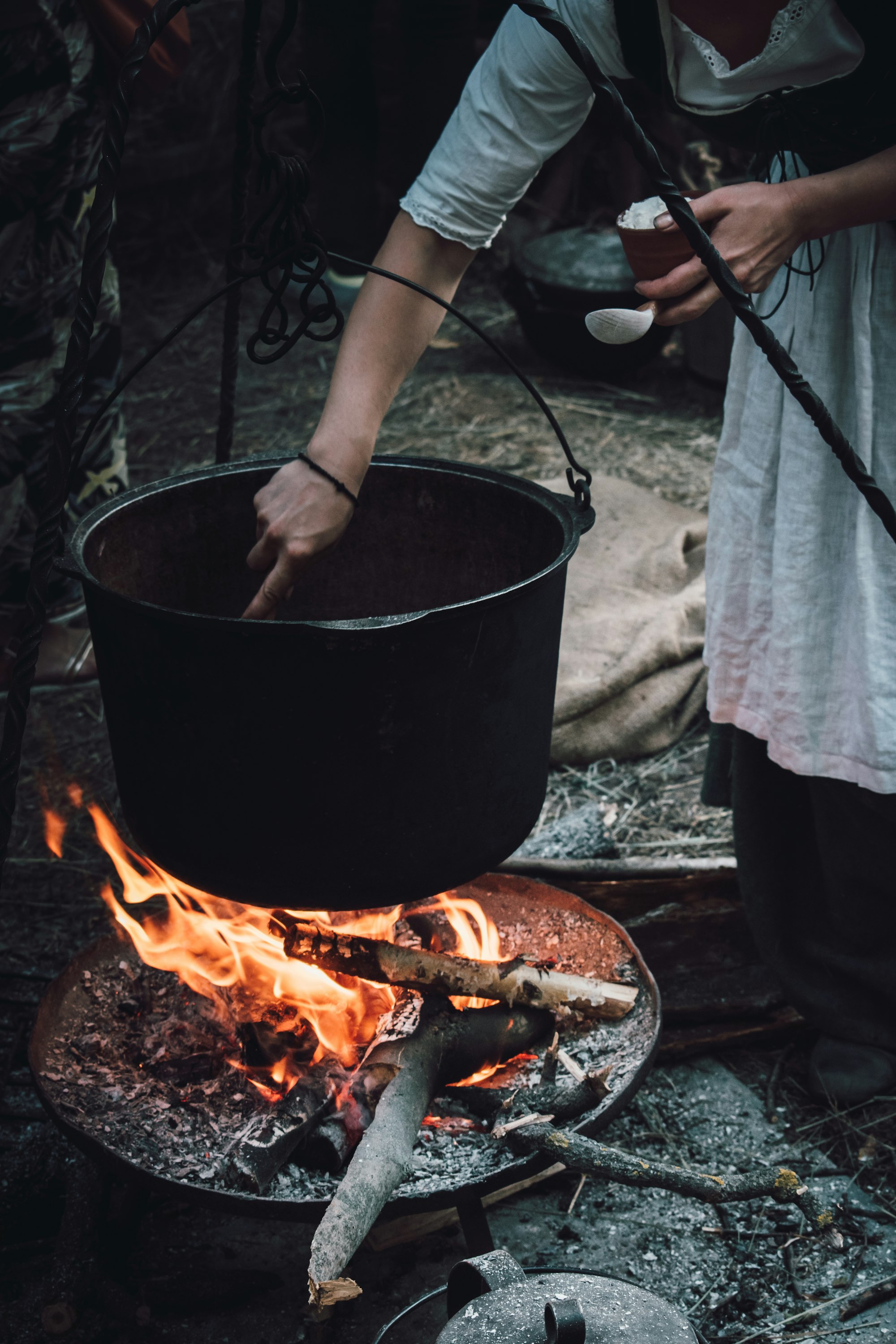
HOME BREWING CAPABILITY IN ESSEX COUNTY, MA (1635-60)
|
|
Total Inventories |
Evidence of Brewing |
Ave. Bushels Malt on Hand |
|
1635 - 1645 |
18 |
10 |
1.7 |
|
1646 - 1655 |
64 |
37 |
2.4 |
|
1656 – 1660 |
45 |
21 |
N/A |
Source: The Probate Records of Essex County, Massachusetts Probate Court, 3 vol, vol.1, vol.2
Home brewed beer was a heavy, dark (smokey, not stout) ale with 4-6 percent alcohol. The lack of ingredients and creative solutions led to creative brewing as a 1630 poem so aptly points out:
If barley be wanting to make into malt,
We must be content and think it no fault,
For we can make liquors to sweeten our lips,
Of pumpkins and parsnips, and walnut tree chips. (Lender 1982:5).
Pumpkin did not last long as in 1651, the General Court of Massachusetts specified exactly what quantity of "good barley mault" must go into the brewing of beer to ensure that taverns were serving good beer, else the local populace might spend their money on wine.
In 1655, beer makers were keeping an average of just over two bushels of malt (according to inventory) - hardly enough to brew a hogshead (48 gallons) of weak beer. By rough estimation, a family of five could consume this amount in about four days. By the mid-17th century, over 80 percent of England's inland trade involved malt or barley, making New England a ready market for England's grain.
By 1660, a single tavern, or "ordinary," could expect to have around forty regulars who returned periodically to enjoy a drink with their companions. Running a tavern required a continuous supply of beer, which meant more labor and a need for local supply and trade with home brewers, as well as access to other local markets for the purchase of raw materials and brewed beer. Local women brewers stepped in to fill the gap, contributing to the home economy and adding to the family finances.
Creating beer in the new world required ingenuity, creativity, and women's work. The ordinary of the New World found its supply of beer and happy customers!
[1]James E McWilliams, “Brewing Beer in Massachusetts Bay, 1640-1690, The New England Quarterly, Dec 1998, Vol 71, No 4, pg 543-569
[2]ibid
[3]Ibid,
[4]Ibid,
[5]Richard P. Gildrie, “Taverns and Popular Culture in Essex County, Massachusetts, 1678-1686, “ Essex Institute Historical Collection 124 (1988), pg 163.
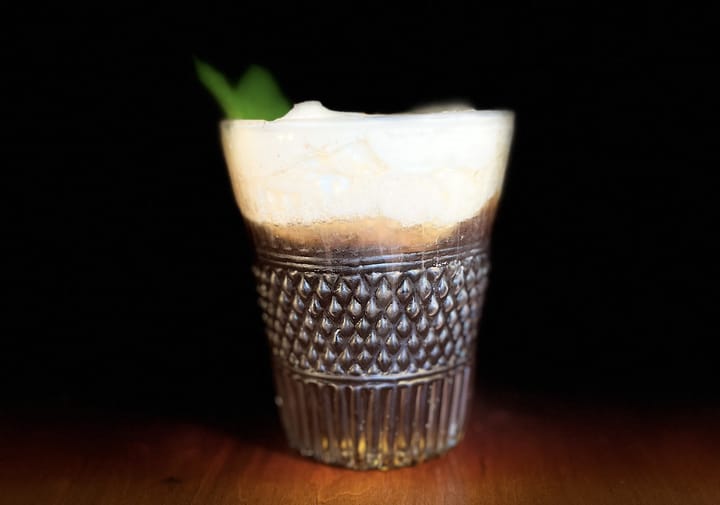
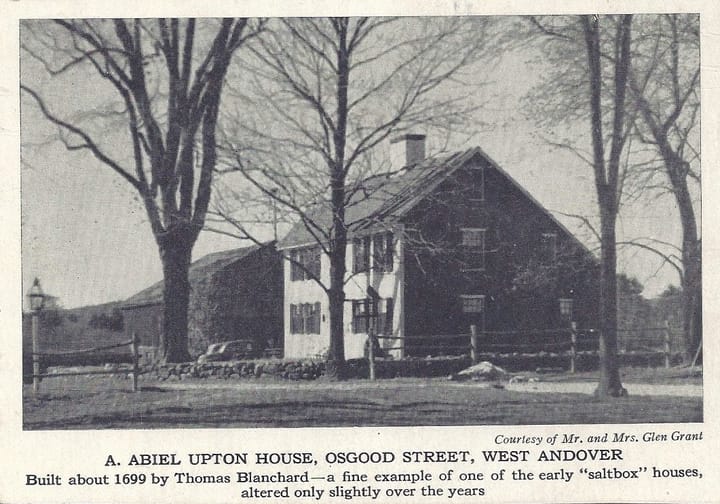
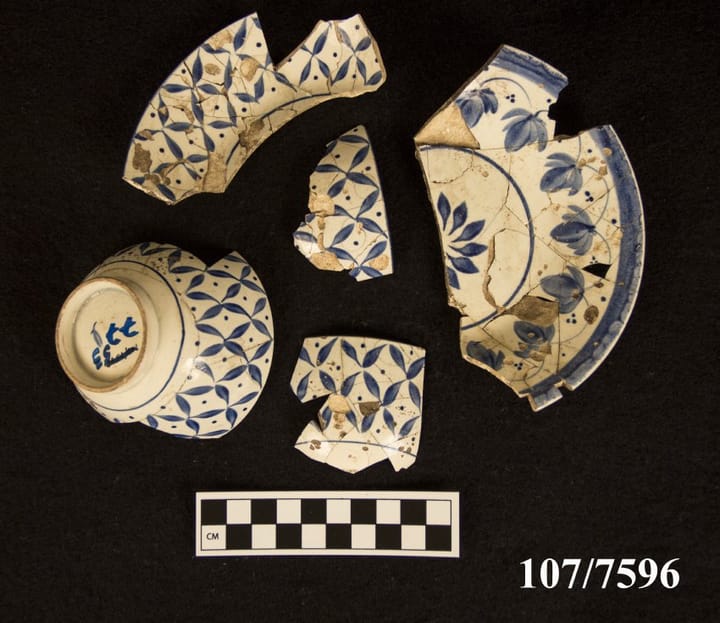
Comments ()